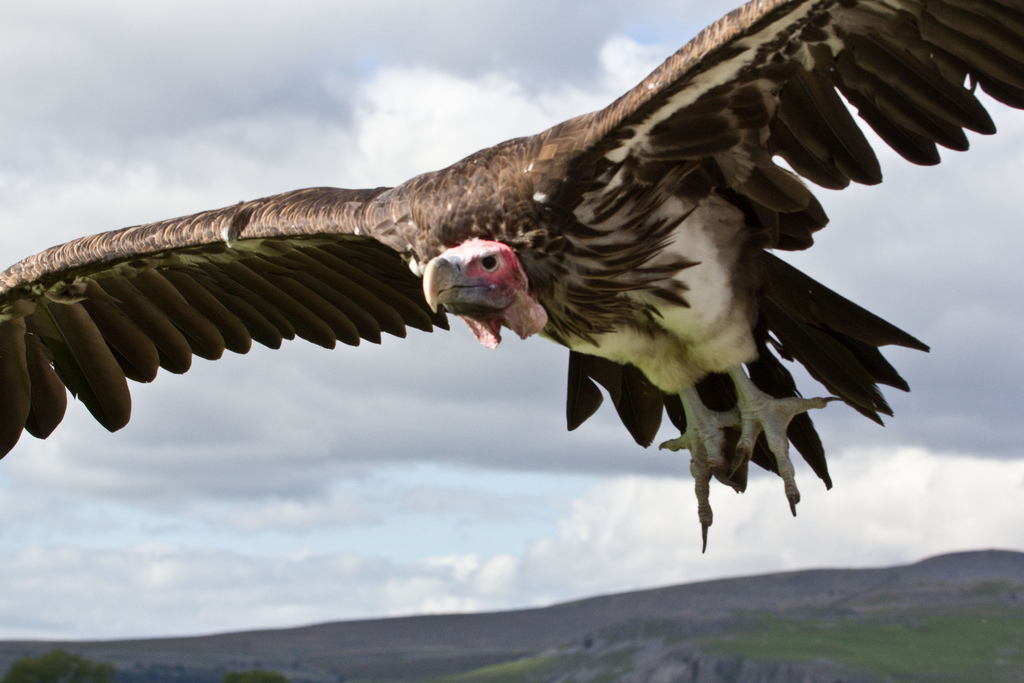

Fermentation produces volatile chemicals that attract many of the invertebrates and vertebrates that help decompose the remains. As the carcass is consumed, the bacteria also produce large amounts of gases through fermentation. This process is evident by the putrid odor of these chemicals and by the discoloration of the body (blue, black, yellow, green, and red) as the tissue is degraded. Bacteria use the macromolecules (e.g., proteins and carbohydrates) present in the animal tissue to grow and multiply and, in doing so, produce chemical byproducts such as ammonia, cadaverine, hydrogen sulfide, and putrescine. Putrefaction is the proliferation of bacteria, from within the body, after death.
#Scavengers animal free
Microbial communities, from the external surface and the gastrointestinal tract, which are kept in check while the animal is alive, are also free to initiate and participate in the decomposition of the animal. Upon death, digestive enzymes and other compounds produced by the body begin to chemically alter and degrade the remains ( autolysis). Using these techniques, we are now beginning to understand the diversity of microbial species present, and their interactions with other organisms, during carrion decomposition. Bacteria are microscopic so they must be identified by phenotypic (microscopy and culturing), functional (biochemical) and genetic (sequencing) techniques. It has been difficult to determine, however, what microbes are present, their overall contribution to the decomposition process, and how they influence invertebrate attraction to, and colonization of, a carcass. Bacteria from the carcass and surrounding environment, such as soil bacteria, are essential for the decomposition of animal remains into organic matter and nutrients.

Microbes, such as bacteria and fungi, largely influence the flow of energy and matter throughout an ecosystem. Microbes, such as bacteria and fungi, are also important for carrion decomposition. Key Players in Carrion DecompositionDecomposition of animal carrion is achieved primarily through the activities of invertebrates, such as flies and beetles, and large scavengers, generally other vertebrates such as opossums, raccoons, and vultures. It also enhances our abilities to identify the factors influencing decomposition rates, and to solve the forensic mysteries surrounding the unexplained deaths of animals, including humans. Carrion decomposition experiments allow us to better understand how ecosystems function so that we can more effectively manage natural environments. Many people might ask, "Why is this subject important?" Simply put, understanding carrion decomposition is important from both a basic and applied perspective. Decomposition of carrion, however, provides a unique opportunity for scientists to investigate how nutrients cycle through an ecosystem. Snags are the most important home for many forest creatures.Carrion, or the remains of dead animals, is something that most people would like to avoid - it is visually unpleasant, emits foul odors, and may be the source of numerous pathogens. In the summer, snags protect frogs, salamanders, slugs and birds from drought and heat. Bats hang upside down under a snag’s peeling bark.

Snags help protect squirrels, bats, birds, and insects from the damp and cold weather. Several species of woodpeckers, in particular, must have standing snags available for feeding. Standing dead trees, or snags, also provide food sources and habitat for many types of organisms. The rotting wood provides a place with the right kinds of nutrition for mosses and fungi and for seedlings to get their start.įallen logs also offer shelter to creatures like salamanders and insects on the forest floor. Down wood supplies rich organic material to the soil. A burrow can even provide protection from larger predators.Ī forest scene typically has large live trees, large dead trees (sometimes called It can also provide shelter from the wind and cold. A burrow in the ground can provide shelter from the sun on hot days. Many animals dig burrows in the ground for a home and shelter. FIND A BURROW OR HOLE IN THE GROUND (1 POINT)


 0 kommentar(er)
0 kommentar(er)
